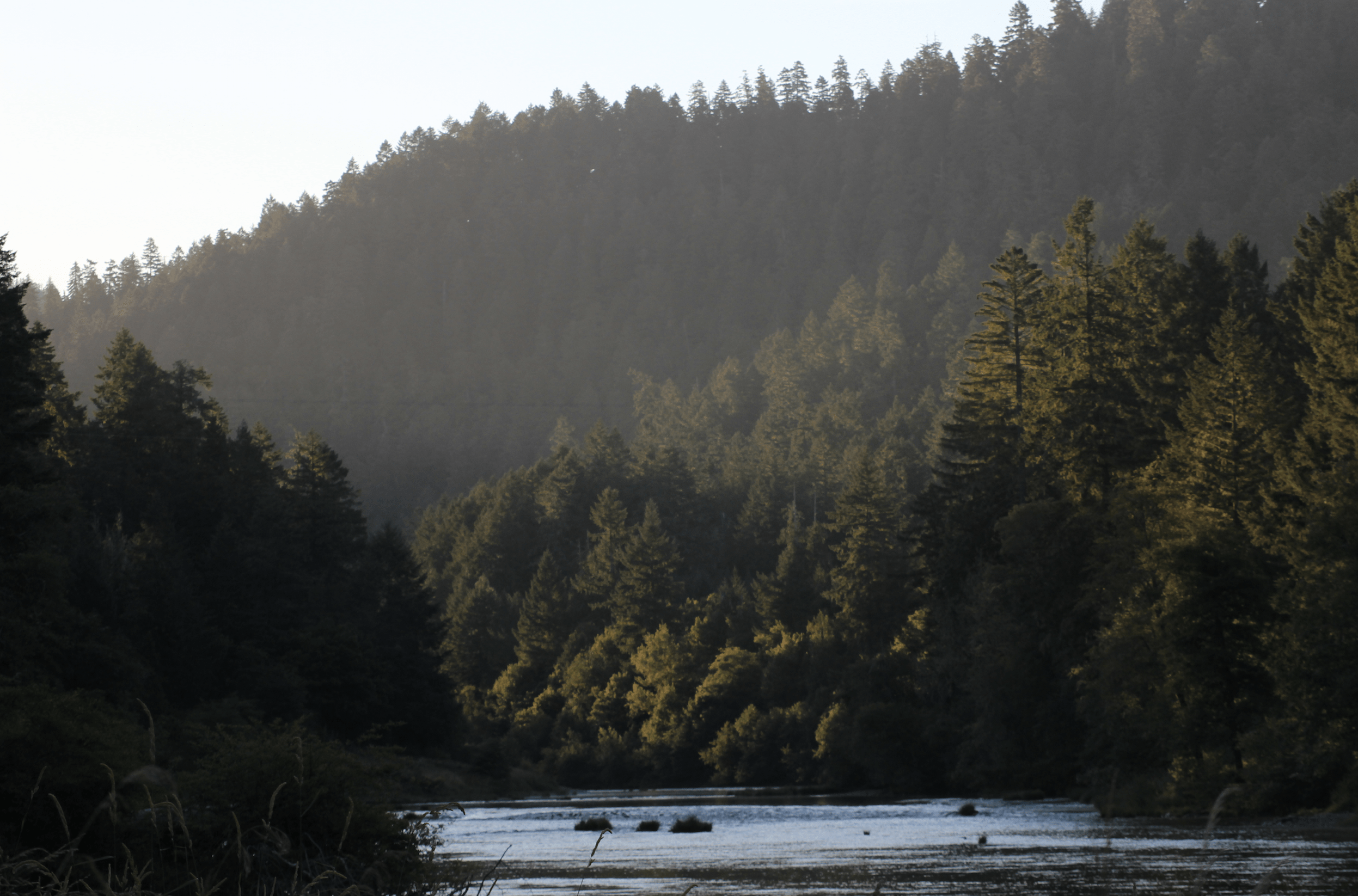Reflecting on Life in Rural America

A river runs through the place I call home. It carves through ancient bedrock and reminds us of the slow but steady passage of time. Over time, this place has endured many changes—once a booming timber town, always a fisherman’s dream. In the heart of the Umpqua Valley, Roseburg, Oregon shares the strengths and challenges of other communities rooted across rural America.
Roseburg lost its library over a failed tax bond, but fought like crazy to bring it back. We lost lives in a senseless school shooting, but came together under the banner of “Umpqua Strong.” Families lost power for weeks this spring when a storm blew through, but drove for miles through valley roads and downed trees to check in on each other. Politics are deeply divided, but we put that aside for our downtown clean-ups, farmers’ markets, and community concerts.
So when the results of two polls on Life in Rural America were released by the Harvard T.H. Chan School of Public Health, NPR, and the Robert Wood Johnson Foundation, findings that surprised some weren’t new to me. How can rural people be broke yet optimistic about the future? How can they be unhealthy yet satisfied with their quality of life? How can two seemingly opposed realities exist at the same time?
Rural life is filled with dualities. In many ways, it runs by its own metrics. Yes, life is hard, but it is also built on hope and the little things. As Sarah Smarsh, author of Heartland, shared at the Life in Rural America Symposium in Charleston, West Virginia:
“I tell people I never in a million years thought that my family was poor—and there’s some good things and some bad things about that. The bad thing is, you know, we have been telling ourselves a false story about lack of class structure in this country for so long that I didn’t understand how disadvantaged we were. But the beautiful part of it is…I had enough to eat and a roof over my head…and we had like this wild freedom out in the country that I have never enjoyed anywhere else. And our lives were full of joy and humor.”
This is not to say that the policies, systems, and sheer distances that can make rural life hard can be ignored. Rural hospitals are closing, chronic pain and addiction are unrelenting, and as resourceful and as resilient as rural people are, they see room for support. According to the polls, while more than half of rural adults (51%) are confident that major problems facing their local community will be solved in the next five years, many (58%) believe they need outside help to solve them. But as Sarah Smarsh also shared, “The folks where I come from don’t want to be pitied.” And you can bet they’re impatient for change.
So every day, you learn to roll up your sleeves. More than half of adults living in rural America (52%) say they are active in solving problems in their local community and 61 percent belong to a health, social, or community service group. You help each other out. More than two-thirds (67%) say their neighbors have helped them in times of need. You keep your head up, heart strong.
That’s how Roseburg and other rural and tribal communities are making change: One day at a time, with all the strength and resources we can muster. We link arms in spite of our differences because we know the road is long and it’s bound to get rocky. Above all, we’re proud of the place we call home.
Editor’s note:
With support from the Robert Wood Johnson Foundation, Sarah and a team at Burness helped release the Life in Rural America poll findings and organize a day-long symposium in Charleston, West Virginia to unpack the data and explore rural community solutions.
For more information on the Life in Rural America poll, check out the main findings and news stories:
Poll: Despite Struggles, Rural Americans Feel Connected to Communities, Route Fifty, May 21, 2019
Poll Finds Rural Optimism, Despite Economic Challenges, Daily Yonder, May 21, 2019